Team:UCL London/Future Vision
From 2010.igem.org
(→Then Maybe one day...) |
(→Manufacturing) |
||
| Line 34: | Line 34: | ||
| - | '''''Mammalian Bioprocess Flowsheet & | + | '''''Mammalian Bioprocess Flowsheet & Doxycycline Costs''''' |
[[Image:Ucl-doxylcien.png|500px|left]] | [[Image:Ucl-doxylcien.png|500px|left]] | ||
| - | |||
| - | |||
| - | |||
| - | |||
| - | |||
| - | |||
| - | |||
| - | |||
| - | |||
| - | |||
| - | |||
| - | |||
| - | |||
| - | |||
| - | |||
| - | |||
| - | |||
| - | |||
=='''Then Maybe one day...'''== | =='''Then Maybe one day...'''== | ||
Revision as of 07:13, 27 October 2010
FUTURE VISION
At this stage, our main aim is to show that our circuit does in fact react in the way it does to hypoxia. Pending this achievable target, we have high hopes of the "Pavlovian Principle" of triggering cells in order to exhibit specific functions and behave in a particular way, could be implemented in a potentially infinite number of ways. We have split them into the following main categories just to give you an idea.
Health/Medicine
Manufacturing in a Mammalian cell culture
Then maybe one day...
Health & Medicine
Stem Cells
In a more medical approach, the hypoxia gene can be introduced into mammalian cells, where they can be a key factor in stem cell therapy; in cardiovascular diseases for instance. Once stem cells are injected into an area deprived or not receiving sufficient oxygen, the low level of oxygen would trigger the cells into synthesising the co-factors needed for cell differentiation into vessels. This technique can be exploited and remodelled so as to have a completely independent single-injection stem cell therapy.
Biopharmaceuticals
Imagine if the bacteria as we know it today could drive protein expression with the lack of oxygen. Synthetic biology through biochemical engineering can create the potential at which Escherichia coli cells- and we all know how harmful to humans can specific strains be- used in a twisted yet beautifully way as an expression system for the production of biopharmaceuticals. The project is based on the engineering modification of the cells and the construction of a self-induced biological circuit that allows an automated protein expression.
Manufacturing
The pharmaceutical industry is a trillion dollar industry. Most of the money is wasted because of the inefficiency of the processes. There are still plenty of rooms of improvement on several frontiers which could potentially lead to a decrease in cost. Our project has successfully introduced a new way of increasing the reliability of batches, and removing the need for chemicals and their storage. The application of this at industrial level can reduce the cost of a bio-pharmaceutical drug, making it available to more people.
Mammalian Bioprocess Flowsheet & Doxycycline Costs
Then Maybe one day...
Hypoxia induced cells can be key in solving several issues, particularly when it comes to aquatic ecosystems where the lack of oxygen caused by an external factor can be countered by the production of a suitable protein capable of reversing or at least minimising the damage that is limiting the oxygen in water.
The first example, and a huge concern now, are oil spills. Oil floats on water creating a barrier between the air and water. Fish and plants living in the ocean use up the little oxygen left in the water reducing the dissolved oxygen levels. Genetically engineered E. coli can be made so that hypoxia triggers the production of an enzyme that breaks down hydrocarbon and carbon-carbon bonds.
Another problem that could be addressed is the excessive use of fertilisers by farmers. The nitrates and phosphates that fin their way to nearby ponds and lakes covered cause eutrophication. Algae grows on the surface of the water, and blocks the sunlight from reaching photosynthetic organisms that live in the lake. During the night time, algae consumes large quantities of oxygen. This causes anoxia of the lake, and aquatic life that inhabits that lake would suffocate. Using hypoxia triggered E.coli that can synthesise a protein toxic to the algae can limit their growth and refresh the ecosystem of the water body. Similarly, such E.coli can be used for waste water treatment, and as biofilters.


 "
"


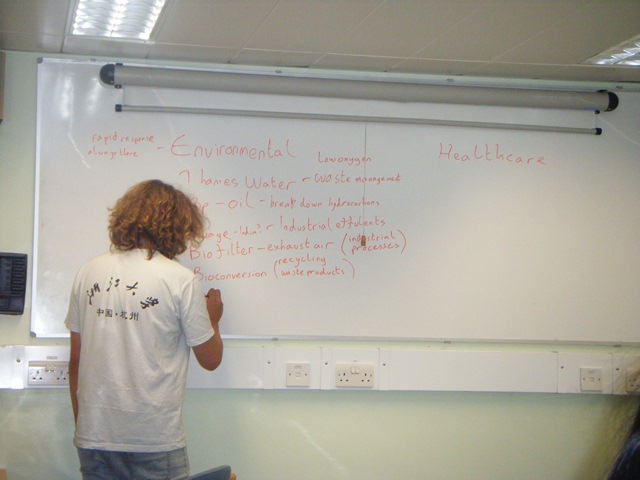

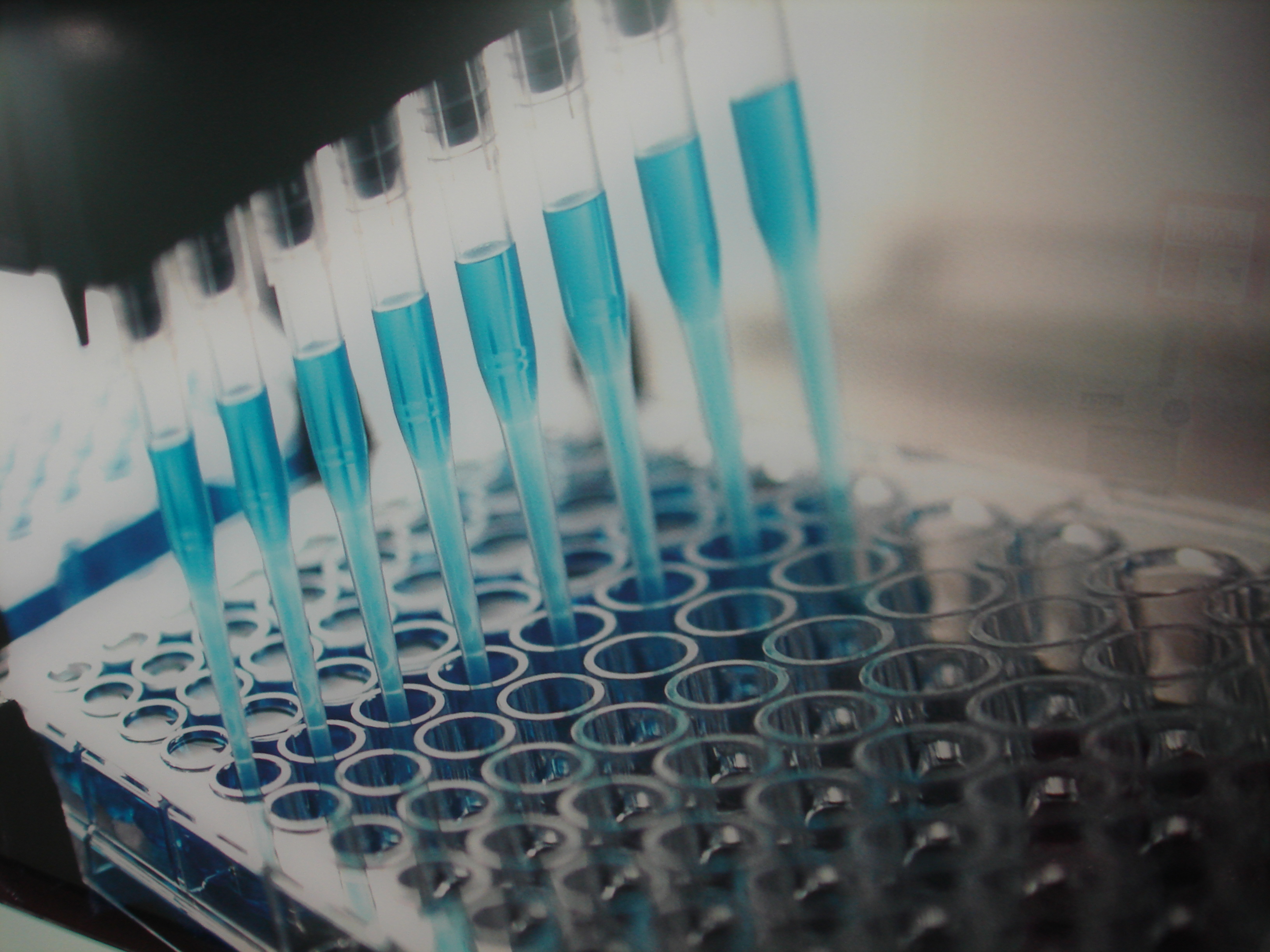
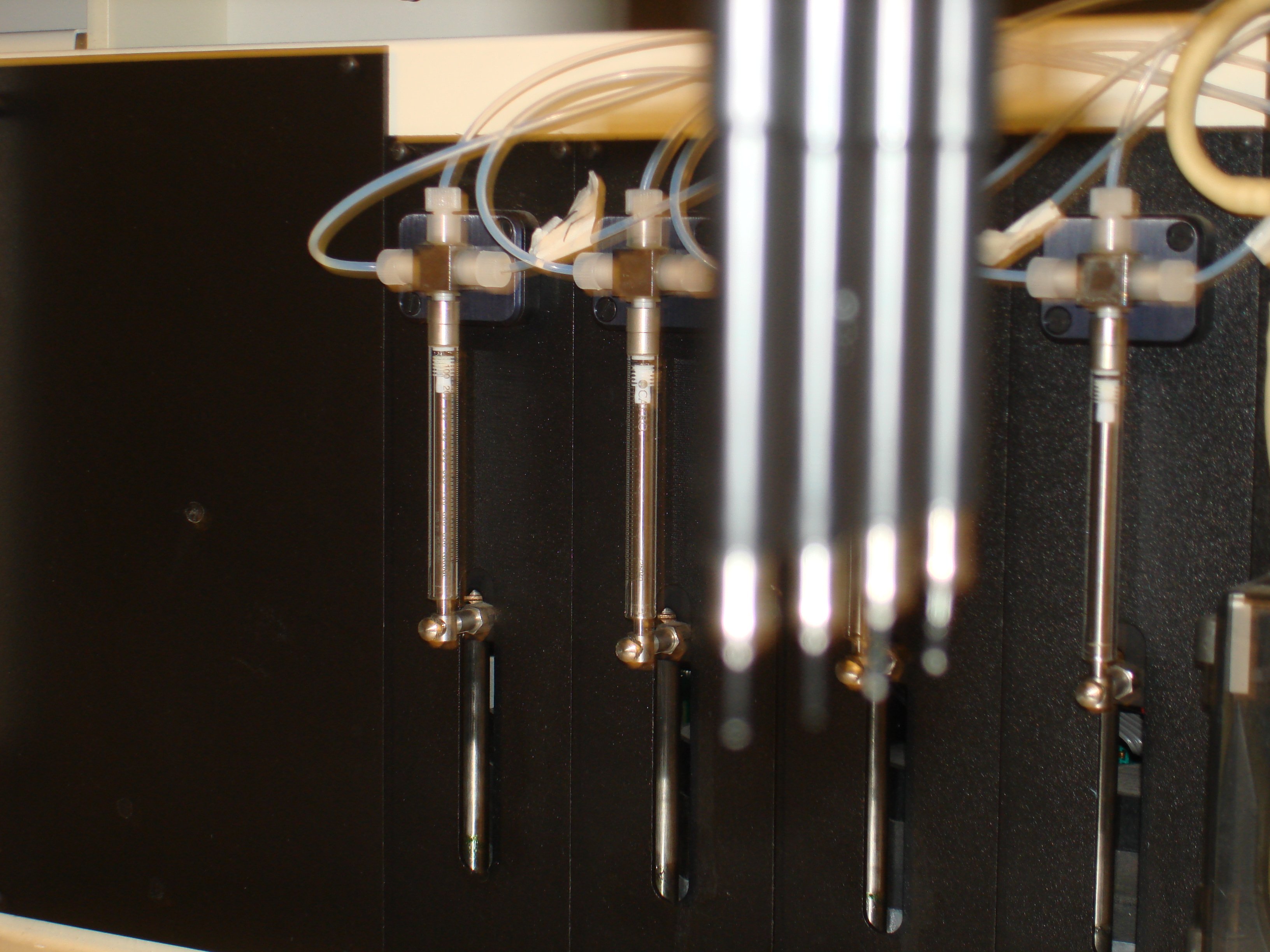
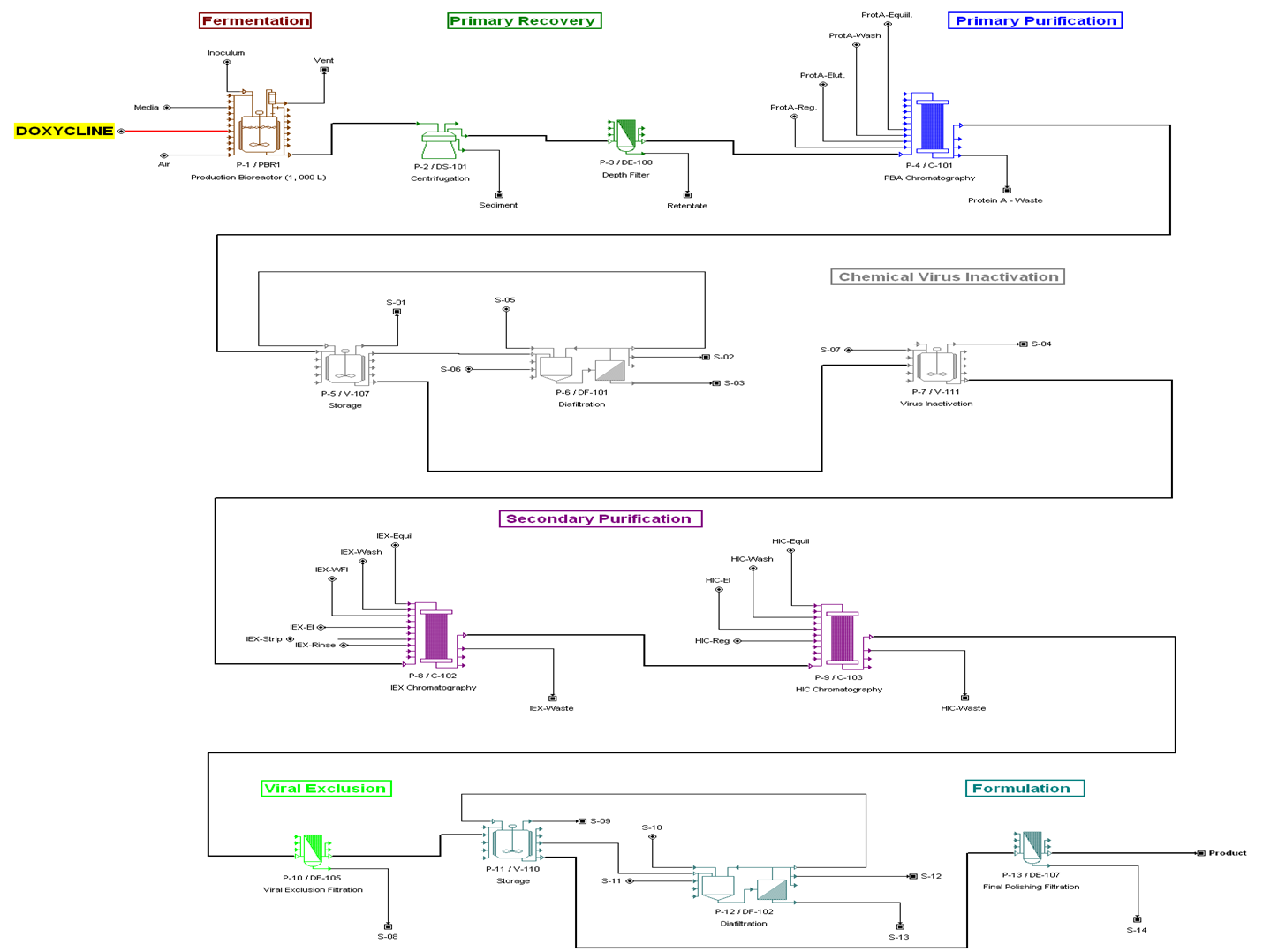
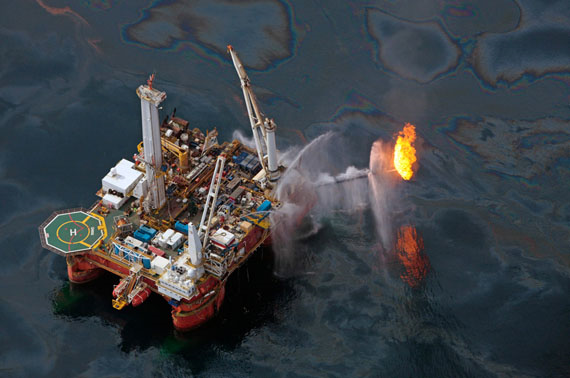
 Twitter
Twitter Facebook
Facebook UCL
UCL Flickr
Flickr YouTube
YouTube